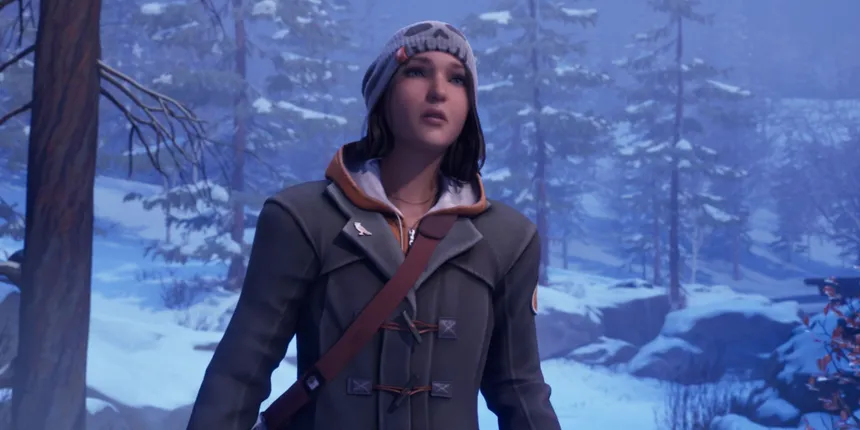Life is Strange: Double Exposure is a new game available on PS5, Xbox, and PC. It’s a direct sequel to *Life is Strange* and picks up the story of Max Caulfield, the protagonist who can jump between two timelines to change events. Even though it’s a sequel, you don’t need to have played the first game to understand this one. It does reference past events, and knowing Max’s history can add depth to her character and highlight Easter eggs, but the story here stands alone just fine.
The story begins with Max now living across the country, attending Calderon University. She’s settled into her role as an adjunct professor and made new friends, but tragedy strikes when her closest friend, Safi, is found dead near an observatory. In this murder mystery, players control Max as she investigates Safi’s death, tracking clues, talking to faculty and students, and piecing together what happened. Along the way, you’ll work with other characters, like Max’s friend Moses, to get closer to the truth.
The gameplay is simple, focused on exploration, collecting clues, and talking to others. Max’s interactions are shaped by decisions players make about how she presents information and who she trusts, which affects her relationships and the way people treat her. While it’s not clear how much these decisions impact the final outcome (I haven’t done a second playthrough to confirm), they certainly invite you to explore different paths.
**Double Exposure** will feel familiar to fans of Until Dawn, another choice-driven interactive drama. Both games play like immersive movies, where you control character decisions and explore different outcomes, rather than engaging in fast-paced combat or platforming. If you enjoyed *Until Dawn*’s style of piecing together mysteries through character choices and building suspense, *Double Exposure* offers a similar vibe but in a more personal, character-driven narrative. In *Double Exposure*, Max’s ability to shift timelines adds layers of complexity, letting players experiment with her power to see how choices ripple across both timelines.
While the game is engaging, there are a few downsides. The Deluxe Edition cost $60, which feels a bit steep for a game that took around 12 hours to complete. While the game could be stretched to 20-25 hours, my first playthrough was on the shorter side. The Ultimate Edition, priced at $80, only adds a few extra clothing options, which doesn’t feel worth the price. Another issue is the in-game app, CrossTalk, a message board where NPCs chat. It’s supposed to add background, but I found it unhelpful. The Text Messaging feature, however, lets Max choose responses, giving you a bit more control over relationships with NPCs and adding a nice touch to interactions.
Overall, I enjoyed *Life is Strange: Double Exposure*. While the final act was a bit lackluster and the multiple timelines confusing at times, I look forward to replaying and exploring different choices. For fans of choice-based games like *Until Dawn*, *Double Exposure* is worth the experience. I plan to revisit the first Life is Strange, replay this one, and wait to see where the series goes next!






